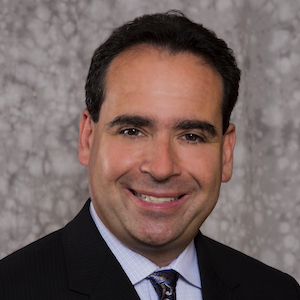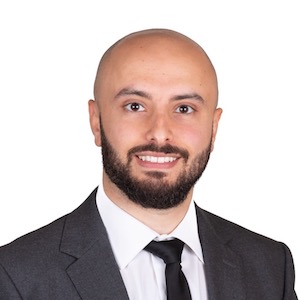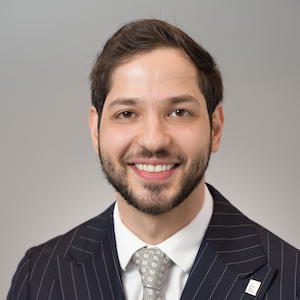
Howard Fraiman

Wael Isleem

Mohammad Qali
 Howard Fraiman |  Wael Isleem |  Mohammad Qali |
Fraiman, Howard1, Bergler, Michael2, Isleem, Wael1, Qali, Mohammad3
1University of Pennsylvania School of Dental Medicine, Department of Periodontics
2University of Pennsylvania School of Dental Medicine, Department of Preventive and Restorative Sciences
3University of Pennsylvania School of Dental Medicine,Department of Periodontics; Department of Orthodontics
Diagnosing and Treatment Planning a patient with advanced restorative needs involves collecting a thorough dental history, medical history, and a thorough exam and recording of current dental conditions and relating factors. With the advent of Digital Technology a thorough dental examination can now include advanced scanning such as into-oral scanning, laboratory scanning, cone beam computed tomography(CBCT), and/or 3D face scanning. The inclusion of such data sets will allow for a more complete examination and creation of the virtual patient and ultimately a more accurate treatment plan. The purpose of this presentation is to demonstrate work flows that allow for the acquisition of digital data and techniques to digitally pre-plan restorative outcomes, implant positions, occlusal setups, and development of gingival environments.
MethodsTo create the virtual patient the demonstrated techniques will include the use of an intra-oral scanner, a laboratory scanner, a face scanner, and CBCT. The resulting scans will be outputted in a variety of digital formats which can then be uploaded, merged, and manipulated using software to create the virtual patient.
ResultsThe outcome of being able to accumulate digital data sets in addition to a traditional patient examination is the dental treatment can be virtually planned and viewed before any treatment is commenced. Once planned digital technology allows for the early creation of the final result to be used in all steps of treatment and create a predictable result.
ConclusionIn addition to a chair-side clinical examination the diagnosing and treatment planning of the advanced restorative patient involves the accumulation of data that can be evaluated when the patient is not present. Current technology allows for much of this to be done digitally and combined, manipulated, and viewed on a computer. The treatment can then be planned using software and the final intra-oral and extra-oral result viewed pre-operatively. This plan can be transferred to the mouth, again pre-operatively, demonstrating to the operator and patient what the final result will look for. This then aids in the setup of the occlusion, planning of implant placement, planning of restorative shapes and contours, and creation of the gingival environment.